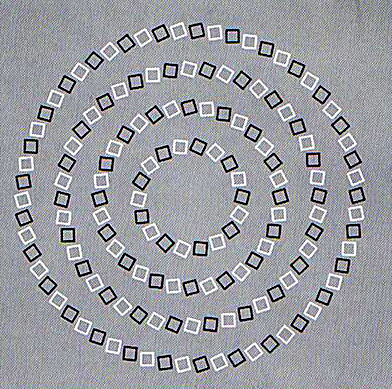I have been kept away from writing on this for a few years, due to life – three kids, crazy job, lot’s of travel, yada yada. But that was true before so that’s a bullshit excuse.
The real reason I kept away because I was discouraged.
I had got stuck in my progress of understanding space-time.
But today I got a wake-up call…
===
I read a book excerpt (on Gizmodo) of ‘Spooky Action at a Distance’ bu George Musser just published last week.
And right there, in plain English, it was: “If you agree that the fundamental level of physics is not local, everything is natural, because these two particles which are far apart from each other explore the same fundamental nonlocal level. For them, time and space don’t matter.” A quote of Micheal Heller.
Damn. People thinking about quantum entanglement decided that if we accept distant entanglement was indeed ‘real’, as we accepted the speed limit on light is ‘real’, that space itself would adapt to avoid a paradox.
===
So what?
Well, in my own work I had decided that exactly the same assumption could be used to explain away the weird interference in the double-slit experiment.
My approach was this:
If we take the Lorentz Transformation to calculate the geometry of the double slit, we see that from the perspective of the single photon, the whole journey is compressed into a single spot. And under such conditions, interference between the ‘possible paths’ is no longer a contradiction.
It also hints tantalizingly that the wave nature of light is a sort of artifact of trying to cross section what is essentially a point event.
I am therefore very grateful to George Musser, because he will allow me to pick up this thread and see where it leads.
===
I like to start by imagining I am a photon, leaving from, say, my nose, and heading away from earth across the galaxy, eventually terminating somewhere, let’s say on a far-off star – being absorbed as an electron there leaps up to a higher orbital.
From the photon’s own perspective, if that’s a possible perspective to have, time has not progressed – this means it leaves, travels and arrives at once. This means that even as the photon is waiting to leave an atom on my nose, there is a sort of connection with another atom, far away across the galaxy, which is waiting to accept the photon, and then click, all of that distance disappears, it’s all a single point in space, and the photon relocates, somehow without even having to move. My nose and the stars are somehow momentarily at one. Spooky…
This started as a fancy, but I can’t seem to break it!
For example – the approach also seems to have something to say about energy quantisation…
The issue there is that electrons should fall to the atomic nucleus, but don’t – this is because they can’t find an outlet for ‘that particular quantity’ of energy.
Now, with the idea that space and distance are illusory, we can look at every photon emission as paired with an ‘acceptance’ somewhere else. So far we’ve assumed these are unrelated events, but now we see they must be the same event – so it seems natural that these events require some degree of serendipity to occur. Not just any atom can absorb just any photon…
It strikes me we could test this thinking, how can we do it?
Can we send photons that really have no inevitable target? Seems like we could, but the maths is telling me no…
Help!
PS See my first public post about this subject from 2011 here.


 No small part of the doubling in life expectancy was due to vaccines.
No small part of the doubling in life expectancy was due to vaccines. 
























